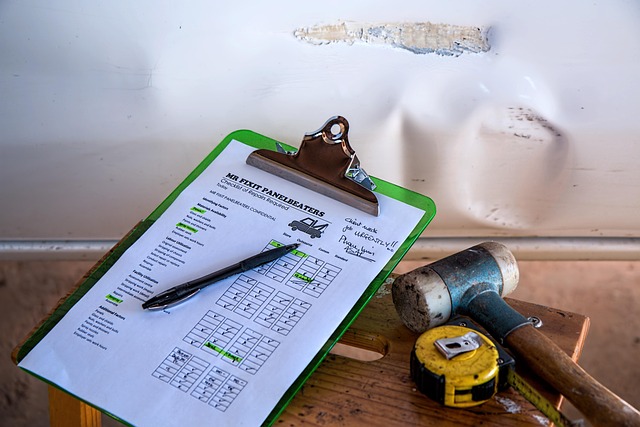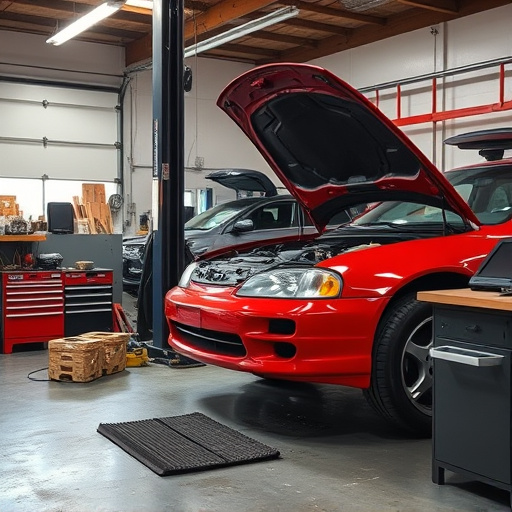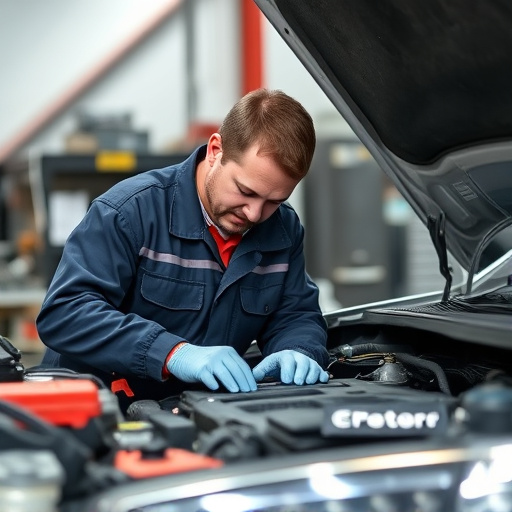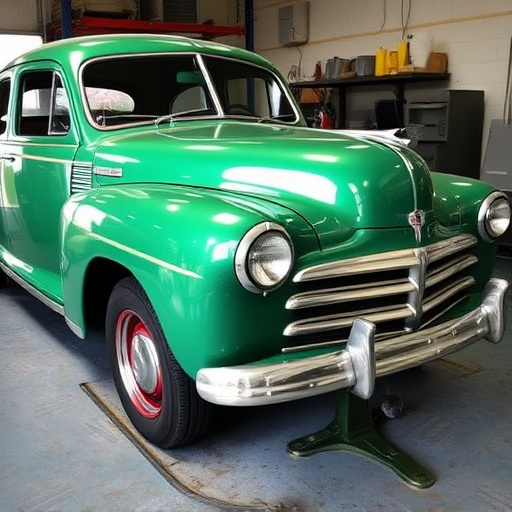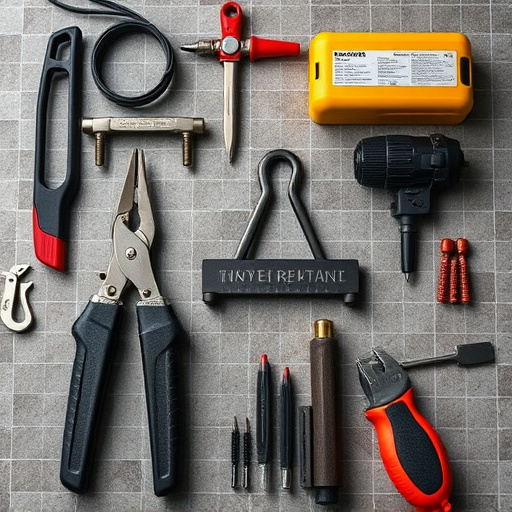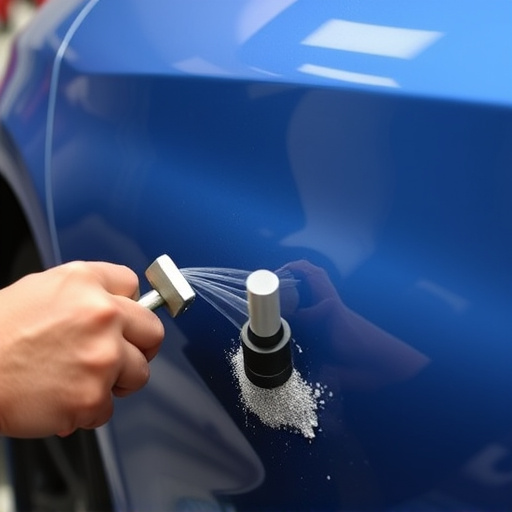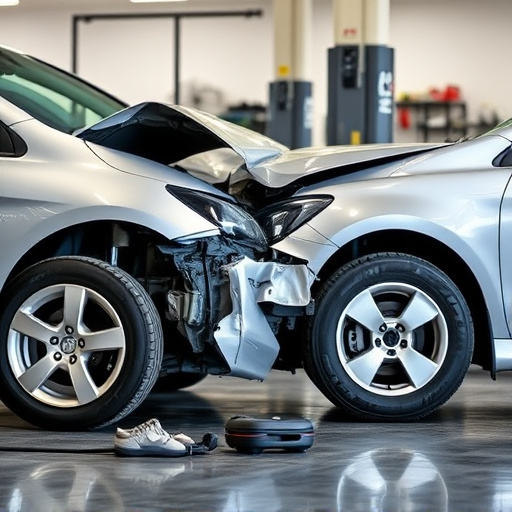Supplemental documentation is crucial for insurance claims, especially for complex repairs like paint restoration on both modern and vintage cars. Organize policy statements, receipts, repair estimates, ownership proof, and before-and-after photos chronologically. Contact your insurer, provide incident details, repair estimates, and clear communication to expedite the claim process and receive supplemental claims assistance for efficient vehicle restoration.
“Unsure about how to navigate the process of submitting supplemental documentation for your claims? This comprehensive guide is designed to offer invaluable assistance. We’ll break down the essentials, from grasping the purpose of supplemental docs to efficiently organizing and submitting your claims. By following our step-by-step approach, you’ll ensure a smooth experience, leaving no room for errors. Whether it’s for insurance or legal proceedings, this article is your go-to resource for mastering supplemental claims assistance.”
- Understanding Supplemental Documentation Requirements
- Gathering and Organizing Necessary Files
- Submitting Claims Efficiently: Step-by-Step Guide
Understanding Supplemental Documentation Requirements

Supplemental documentation is an essential aspect of any claims process, offering crucial support to both insurance providers and policyholders. When it comes to vehicle-related claims, such as those involving paint repair or car damage restoration, the need for detailed supplementary evidence is heightened. These additional documents provide a comprehensive view of the incident, ensuring that every angle is considered during the assessment phase. For instance, in the case of classic car restoration projects, extensive records of the before-and-after scenario can significantly aid in justifying the extent and cost of repairs, which are often intricate and specialized.
Understanding what constitutes supplemental documentation is the first step toward a seamless claims assistance process. Policyholders should be aware that these documents can range from photographs capturing vehicle damage or restoration progress to expert reports, repair estimates, and even historical records for vintage vehicles. By providing thorough and relevant supplementary information, individuals can expedite the claims settlement process, ensuring they receive fair compensation for their vehicle paint repair or car damage repair efforts, whether it’s for a modern vehicle or a cherished classic.
Gathering and Organizing Necessary Files

When preparing to submit supplemental documentation for a claim, the first step is to gather and organize all necessary files. This process involves sifting through your personal records, insurance documents, and any other relevant paperwork. Start by collecting essential items like policy statements, receipts, and repair estimates. For instance, if you’re dealing with car repair claims, ensure you have detailed reports from a reputable car repair shop, including those for bumper repairs or luxury vehicle repair services availed. Organize these documents chronologically or categorically to streamline the submission process.
A well-organized folder will not only make your claim more efficient but also provide clear evidence of your efforts in securing necessary repairs. This is crucial when it comes to supplemental claims assistance, where every detail matters. Remember, clarity and completeness are key; ensure all files are legible, up-to-date, and accurately reflect the work done, be it for a car repair shop or any other service provider.
Submitting Claims Efficiently: Step-by-Step Guide

Submitting Claims Efficiently: Step-by-Step Guide
When it comes to handling supplemental claims, whether for a car accident or damage to your vehicle at a collision center (also known as a collision repair center or car body shop), having an organized approach is key. Start by gathering all necessary documents, including policy details, proof of ownership, and any before-and-after photos capturing the repairs needed. This initial step ensures you have everything required for a smooth claims process.
Next, contact your insurance provider to initiate the claim and obtain a case number. With this number in hand, prepare a detailed description of the incident, outlining the damage incurred. For instance, if a collision center has submitted an estimate for repairs, include this within your documentation. Then, follow up with clear communication, ensuring all parties involved—including the insurance company, the collision center, and yourself—are on the same page regarding the claim’s status and any further actions needed. Efficient submission of these supplemental claims assistance documents can expedite the repair process at your chosen car body shop.
Submitting supplemental documentation is a crucial step in ensuring your claims process runs smoothly. By understanding the requirements, gathering relevant files, and following an efficient submission guide, you can provide essential support for your claims. Remember, clear organization and prompt action are key to receiving timely supplemental claims assistance. With these steps as your guide, you’re well-equipped to navigate the process with confidence.
